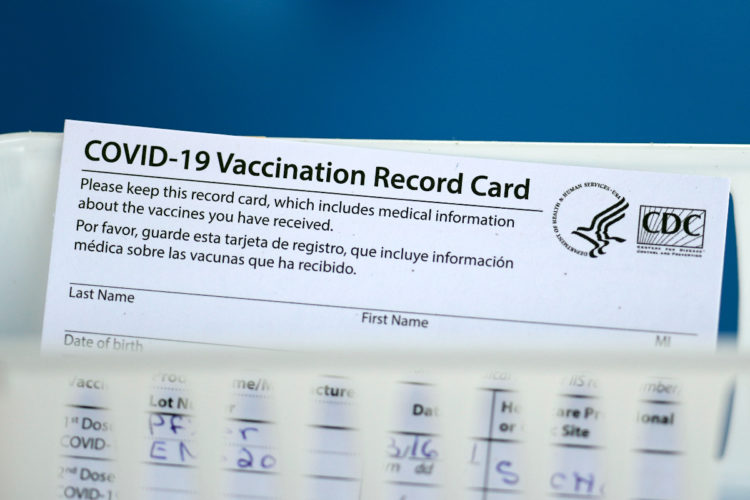How To Keep Yourself Or A Loved One From Landing On A ‘Suckers List’ For Scams
Kip Koelsch saw the hundreds of pieces of mail arriving at his father’s home every week. But it wasn’t until the 84-year-old called him saying he’d won a Mercedes and a million dollars that he really began to worry.
His father soon admitted that he had already sent $3,000 in cash to pay taxes or “processing fees” for various prizes he believed he had won. His checkbook revealed that he had written more than 3,000 checks totaling more than $10,000 a year for several years to hundreds of different organizations. Many appeared to be flat-out scams; others, Koelsch said, were questionable charities and political groups using scare tactics to solicit funds.
How did so many scammers from around the world find this one elderly man?
As Koelsch soon found out, his father had ended up on a “suckers list.”
What Is A Sucker’s List?
In the shadowy world of mail fraud, suckers lists are an essential commodity. The names, addresses and other personal information they contain are bought and sold over and over again.
Companies that sell personal information to marketers, charities and other organizations that want to solicit consumers are known as data and list brokers. They make up a multibillion dollar industry. Most of these firms profess to ensure that their mailing lists don’t end up with criminals. But government investigators are targeting an underworld of companies and individuals willing to provide this valuable information to scammers.
Ending up on a suckers list can begin with an innocent transaction, like a charity donation or a purchase from a mail-order catalog. If the organization you’re connecting with knowingly or unintentionally sells this information to an unscrupulous data broker, your personal information can then be sold to criminals.
When someone falls for a scam letter, their name is likely to end up on other suckers lists broken down into categories like sweepstakes lovers, opportunity seekers and highly responsive buyers. Scammers target specific types of victims who might be drawn to their schemes, as well as elderly consumers often suffering from diseases like dementia.
In the case of one of the longest-running scams in history, for example, court documents show how one list broker helped enable a vicious cycle of fraud.
According to prosecutors, 56-year-old Connecticut resident Daniel Arnold would locate mailing lists containing information on thousands of consumers and provide these on a monthly basis to the operators of a scam involving letters supposedly written by the French psychic Maria Duval. These letters promised recipients that the clairvoyant could help them battle health issues, win money and find love — as long as they continued to send in payments of around $40.
Arnold often acquired these lists from other fraudsters and operations whose lists he knew would be “good sources of recipients or victims,” a government attorney said in court.
At the end of each month, Arnold would receive a list of victims who had sent in money in response to the letters, the government alleges. He would then share these names and addresses with more fraudsters — and his company would receive a commission based on the number of contacts he provided. In February, Arnold pled guilty to conspiracy to commit mail fraud and is awaiting sentencing. His attorneys did not respond to a request for comment.
How To Make It Stop
Once a name has made it onto a scammer’s list, it’s almost impossible to get it off. But there are ways to limit these solicitations and stay off future lists.
Get on an anti-suckers list: The Data & Marketing Association (DMA), an industry trade group with more than 1,000 members, offers a service called DMAchoice that allows users to remove their names from the mailing lists maintained by these members. The organization also fields ethics complaints about any members who may have sent misleading or deceptive mailings.
Opt out directly with data brokers: The nonprofit World Privacy Forum provides a list of data brokers that allow people to opt out of the use of their information — including online links for making these requests to get personal information removed from their records (though some links may be outdated), as well as a guide to the top 10 most useful opt-outs. And for those dealing with persistent junk mail, the nonprofit also recommends the paid service DeleteMe (to which it has no affiliation) which will do the work for you — handling opt outs with more than a dozen data brokers for a fee. It also provides a free opt-out tutorial for those who don’t wish to invest in the paid service.
Find out who sells donor info: Before giving money to a charity, ask the organization whether it trades or sells donor information. If money has already been donated, contact the charity directly to get removed from any lists being shared.
Report flat-out scams: Any solicitations that appear to be scams should be reported to a state attorney general or the Federal Trade Commission.
Even these steps sometimes fail to deter the worst scammers, prompting some people to get creative.
One woman said she tried everything she could before resorting to simply getting to the mailbox before her mother could. She even set her mother’s clock behind a couple hours so she would think the mailman was coming later.
Others have tried returning the mail, marked “REFUSED” or “RETURN TO SENDER,” with the hope that the scammers wouldn’t waste the cost of postage in the future.
Some trying to protect their loved ones from scammers have found it effective to have all the mail forwarded to them for screening.
After becoming his father’s power of attorney and getting added to his bank accounts to monitor all outgoing checks, Koelsch took the extreme step of moving his father and only notifying banks and other important senders of mail of the change of address. He then forwarded all other mail to his own home instead to tackle the problem himself.
Since then, he said he and his wife have spent hundreds of hours battling this junk mail.
They created a spreadsheet of nearly 800 entities that had been sending his father mail and demanded that he be removed him from their lists. They contacted these groups by phone, email and Facebook messaging.
While it took “a lot of internet legwork” to track down contact information for the more nefarious of these groups, Koelsch and his wife did sometimes succeed, perhaps because the scammers they reached were trying to stay off the radar of authorities.
The mailings haven’t subsided completely, but the flood has slowed from 100 to 200 solicitations a day to about six. They still make the occasional call with the hope of stopping them all one day.
Written by Blake Ellis and Melanie Hicken for CNN Investigates.
The-CNN-Wire
™ & © 2018 Cable News Network, Inc., a Time Warner Company. All rights reserved.









